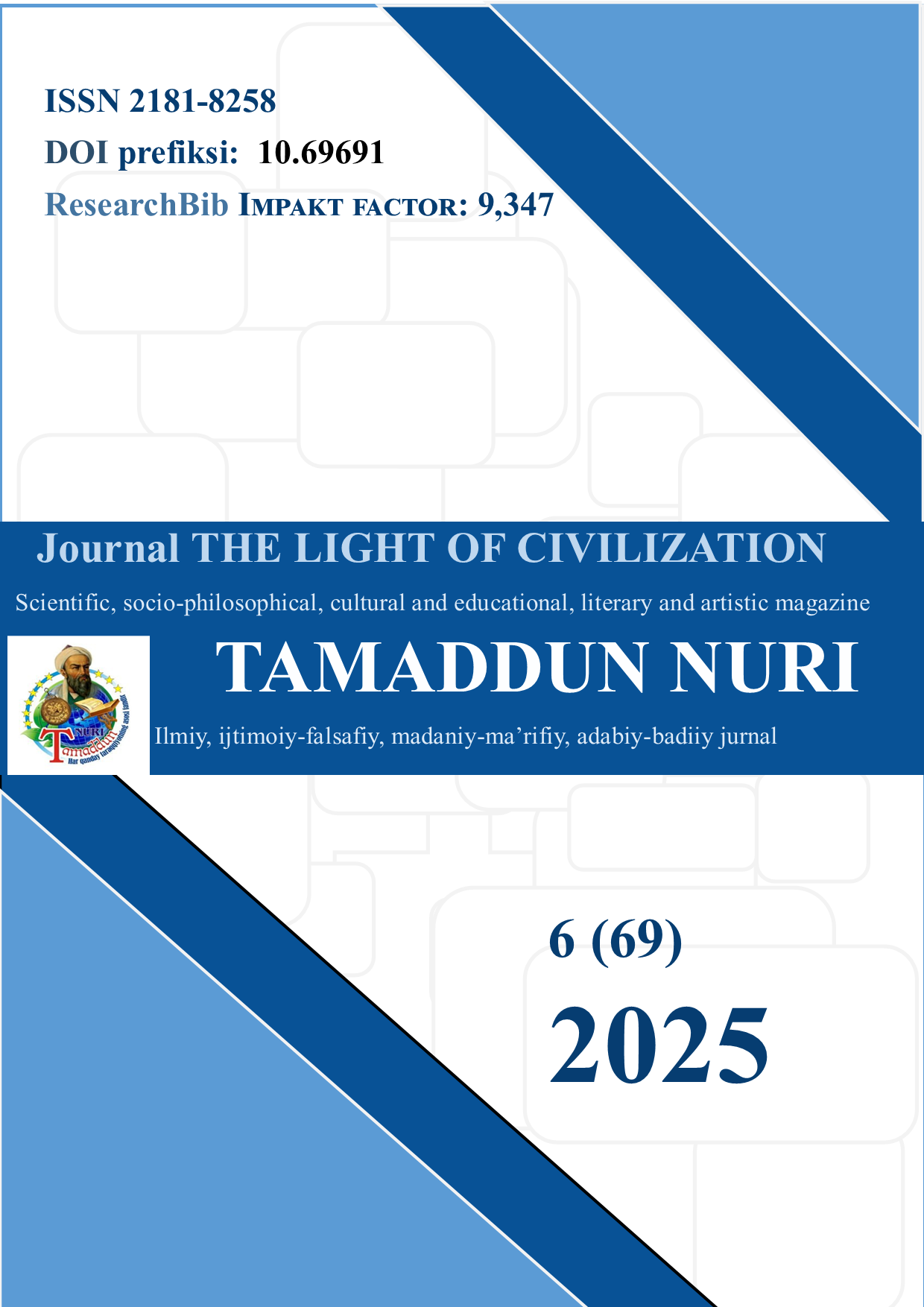THE SIGNIFICANCE OF RELIGIOUS AND PHILOSOPHICAL THOUGHT FOR JAPANESE CULTURE
DOI:
https://doi.org/10.69691/7af7ge95Keywords:
Japanese culture, religious and philosophical thought, Shintoism, Buddhism, Confucianism, Taoism, syncretism, spiritual values, aesthetics, national identity.Abstract
This article is dedicated to analyzing the role of religious and philosophical thought in the formation and development of Japanese culture. It examines the main religious and philosophical traditions that have influenced the worldview of Japanese society — Shintoism, Buddhism, Confucianism, and Taoism. Special attention is given to the syncretic nature of Japanese spirituality, which integrates elements of various teachings into a unified cultural paradigm. The author explores how these traditions have shaped the aesthetic preferences, social norms, and behavioral models characteristic of Japanese civilization. The paper emphasizes the importance of the religious and philosophical heritage in preserving Japan's cultural identity amid historical transformations and globalization.
References
Берковский, Н. Я. Культура Японии: традиции и современность. — М.: Восточная литература, 2002.
Коно М. Философия Японии: от древности до современности. — СПб.: Евразия, 2005.
Лебедев, С. Н. Буддизм в Японии: история и философия. — М.: Наука, 2001.
Носов, Л. И. Религии Востока: синтоизм, конфуцианство, даосизм. — М.: РГГУ, 2010.
Ямамото Т. Дух Японии: традиции, религия, культура. — Токио: Japan Foundation, 1998.
Мещеряков, А. Н. Император и подданные: политическая культура Японии. — М.: Восток-Запад, 2009.
Ueda, S. Japanese Philosophy: A Sourcebook. — University of Hawai‘i Press, 2011.
Kasulis, T. P. The Body: Toward an Eastern Mind-Body Theory. — Albany: SUNY Press, 2002.
Downloads
Published
Issue
Section
License
Copyright (c) 2025 Journal of Tamaddun Nuri

This work is licensed under a Creative Commons Attribution-NoDerivatives 4.0 International License.



